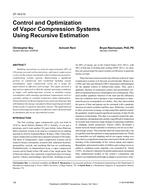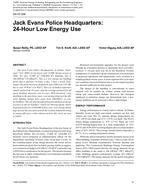Among the techniques that can be applied for indoor air depollution, phytoremediation receives a considerable interest owing its costeffectiveness,its energy efficiency, and its acceptability by the general public. The capacity of potted plants to remove indoor air pollutants has beendemonstrated in many laboratory studies, but their efficiency in real environments has received much less attention. We have performed bothlaboratory controlled experiments in a 300-L chamber and real-scale experiments in a 32 m³ (1130 ft³) room of the MARIA experimentalhouse, exposing one of the most efficient plant, S. aureus, to benzene, carbon monoxide, and to the mixtures of pollutants generated by kerosenespace heaters, incense sticks, or pinewood flooring. The controlled experiments confirm that potted S. aureus plants contribute to the removal ofbenzene and carbon monoxide, both through accommodation on the leaves and degradation by the soil and microorganisms sustained by the roots.The concentration of the pollutant decreases linearly with time, with a total abatement rate in our experimental conditions (6 plants in 300 L) ofabout 2 to 3.10-4 ppm.min-1 for benzene, depending on the initial concentration, in the range 0.5-3 ppm, and 75+/-20 ppm.min-1 for COwhatever the initial concentration in the range 2-15 ppm. The removal of the pollutants by the plant systems is however negligible compared to theremoval through ventilation (ACH 0.6 and 2 h-1), as demonstrated in all the MARIA experiments, where the observed pollutant concentrationsfollow an exponential decrease governed by the air exchange rate, with no difference whether plants are present in the room or not. We thereforeconclude to the inefficiency of passive plant-based systems to improve significantly indoor air quality.
Citation: IAQ Conference: IAQ 2013: Environmental Health in Low Energy Buildings
Product Details
- Published:
- 2013
- Number of Pages:
- 7
- File Size:
- 1 file , 370 KB
- Product Code(s):
- D-2013IAQConf-05


